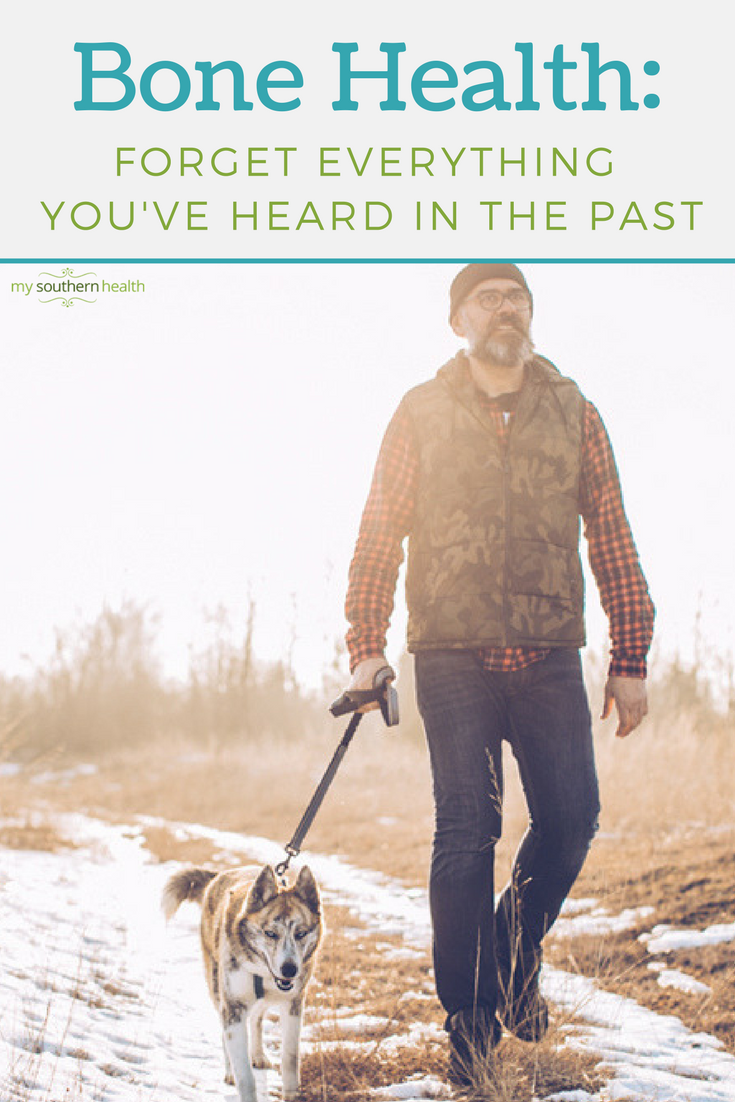Bone health is a lifestyle equation that goes beyond diet. Here’s what you need to know.
We often think about bone health from a nutritional standpoint. We analyze what we can put into our bodies to feed our bones — through diet or supplements — to make them stronger. That’s the wrong way to think about it, said Jonathan Schoenecker, M.D., PhD, assistant professor of Orthopaedic Surgery and Rehabilitation, Pharmacology and Pediatrics at Vanderbilt University Medical Center.
“Your bone mass is there for structural reasons, but it’s also there for supplying essential elements such as calcium and phosphate to other processes around your body,” he says. “You have to think about your bone as being a storage tank for elements that are essential to run normal cell function.”
Your body does a good job of feeding your skeleton so that it can feed your body, but problems arise if you don’t take good care of yourself or if you become chronically ill. “The biggest trigger to a problem with your bones is having any chronic inflammatory condition,” Schoenecker said. “Then your body switches over from trying to load the bone up to make it structurally sound to using up the bone to take care of those injuries.”
The bone health equation
Schoenecker says the key to bone health is balancing the injury-repair equation. Each day, our bodies — through normal living — go through a series of injuries. “What people don’t realize is that eating is an injury,” he says. Thankfully, our bodies have a reparative process in place to heal those injuries. “The goal at the end of the day,” Schoenecker added, “is to have it so that the amount of injury your body has and the amount of signaling of repair puts you at a net of zero.”
Balancing the equation
The No. 1 thing we can do to protect our bones is to try to control the injuries we expose our bodies to. “Smoking is the worst,” Schoenecker said. “Smoking is an absolute injury to your entire body.” He also mentions obesity and type 2 diabetes as additional examples. “When your body is in a chronic level of injury, then every day your net zero is never accomplished,” he explains.
When it comes to achieving net zero, Schoenecker likes to analyze what researchers are learning about Blue Zones. “Blue Zones are areas of the world where they’ve detected people live longer than they should,” he said.
In regard to nutrition, people in Blue Zones tend to favor a plant-based diet or foods that are anti-inflammatory. “The less red meat, the better you are,” Schoenecker said. “There’s something about red meat that is a huge injury.” He recommends white meat instead, especially fish, or going vegetarian, and consuming four or five small meals a day instead of three larger ones. “You want to spread your food out so that it’s not nearly as big of a bolus to your gut, so that the inflammatory response is not nearly as big,” he said.
In addition to dietary changes, exercising at the right levels to stimulate the body’s reparative processes can help you reach your net zero for better bone health. He said, “The best type of exercise is walking at a brisk pace to the point where you can just barely have a conversation with the person with whom you are walking, and doing that for about an hour a day.”
Bone health supplements
Supplements aren’t necessarily a good solution because they can do more harm than good. “What you have to do is first determine if your diet is giving you enough calcium and phosphate in the first place,” Schoenecker explained. “And most diets do.” If you are getting enough, and you start adding supplements, you can start depositing bone into areas that you don’t want, like into your arteries, leading to atherosclerosis.”
“There’s no magic pill to this,” said Schoenecker of bone health. “You really have to think of it as a full equation, and you have to balance all parts of it.”



